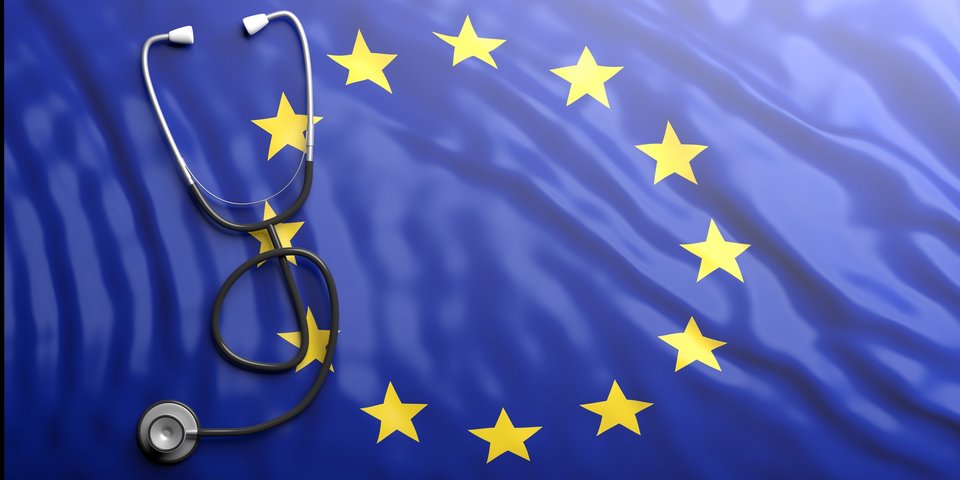 ©Rawf8 - stock.adobe.com
©Rawf8 - stock.adobe.comEU HTA - Joint Clinical Assessment in Europe
Final sprint of the implementation.
CC – 10/2024
There is not much time left as the joint
clinical assessment of health technologies (EU HTA) is due to start in stages
in January 2025 – less than three months from now. The EU HTA harmonises the
clinical assessments of health technologies for medicinal products and medical
devices.
The corresponding Regulation (EU) 2021/2282 came
into force on 12 January 2022. However, some important regulations governing
the details of implementation are still missing before the first European joint
clinical assessments can actually take place from January 2025.
Fourth of six implementing regulations published
On 1 October, the European Commission
presented a new draft implementing regulation on Health Technology Assessment (HTA). This is the
fourth of a total of six implementing regulations. The planned implementing
provisions are intended to regulate the scientific assessment of medicinal
products. Specifications should be made that describe how Health Technology
Developers (HTD) can obtain early indications of the evidence and data required
to conduct a joint clinical assessment of their product. A public consultation was also launched when the draft was presented.
Inventory
The roadmap for the EU HTA, updated in September, provides
an overview of the current implementation status. Of the six proposed
implementing regulations, three have entered into force in November
The first implementing regulation was
published by the European Commission on 6 March. It sets out procedural rules
for cooperation in the preparation and updating of joint clinical assessments
as well as regulations on information exchange and the involvement of experts.
The German Social Insurance (DSV) commented on this in April and pointed out the insufficient clarity regarding the content
and scope of the joint clinical assessments of medicinal products, pending the
submission of the guidelines, including the methodology, which are still then being
drafted. The implementing regulation was adopted on 23 May and published
in the Official Journal. The regulation came into force on 13 June. It will
apply from 12 January 2025.
The second implementing regulation aims to
ensure that assessments of new health technologies at EU level are independent,
non-partisan and free from conflicts of interest. A draft of this regulation was published on 29 May, and was published
in the Offical Journal on 28 October.
The third implementing regulation has been finalised. A draft was published on 26 June and is intended to regulate the cooperation and exchange of
information between the coordination group, the European Commission and the
European Medicines Agency (EMA). The implementing regulation was published
in the Offical Journal on 21 October and will come into force on 10 November.
As mentioned earlier, the draft of the fourth implementing regulation on cooperation in the preparation and
updating of joint clinical assessments has been available this month onwards.
The fifth implementing regulation will
contain provisions on joint scientific consultation for medical devices, while
the sixth regulation will lay down the rules for joint clinical assessment of
medical devices. The drafts of these regulations are to be presented by the
European Commission in the course of this year. They also still need to be
adopted this year.
EU HTA background
The HTA helps in assessing the added value
of new health technologies in comparison to current standard therapy. HTA
procedures have only taken place at national level to date, which has meant
that health technology developers have had to submit their documents several
times, sometimes in different formats, for the assessment procedures in the
individual Member States. The EU HTA procedure is intended to reduce this
administrative burden for developers and improve the quality of assessments in
accordance with the international standards of evidence-based medicine. The
joint assessment will provide national HTA organisations with scientific
information that they can use in their decisions on pricing and reimbursement
for a health technology. From the DSV's point of view, it was important that
the national HTA organisations can decide for themselves to what extent they
use and adopt the European assessment results.
